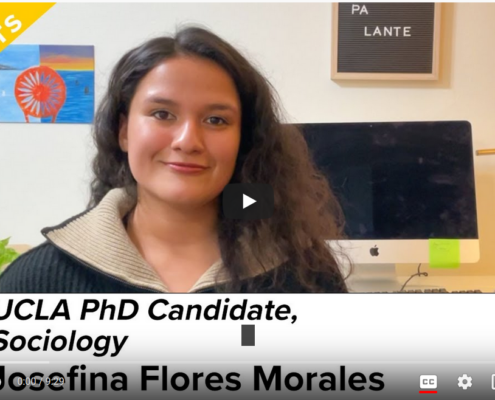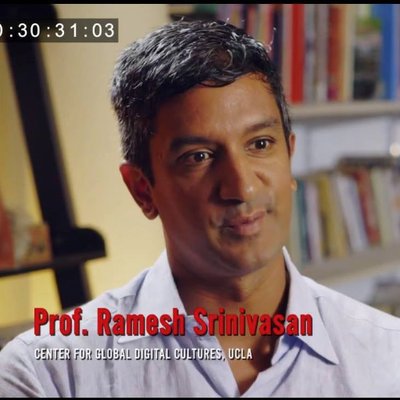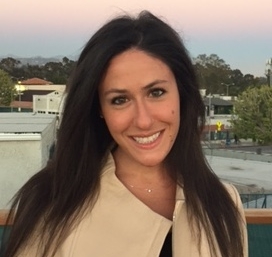Posts

LA Social Science Rising Scholars Series on Undocumented Immigrants with PhD Candidate Josefina Flores Morales
UCLA Sociology Ph.D. candidate Josefina Flores Morales is…

UCLA Professor Srinivasan Talks to Democracy Now about Trump and Twitter
May 29, 2020 Dr. Ramesh Srinivasan, UCLA Professor of Graduate…

Reading Between the Battle Lines: Decoding Values in Tweets About Gun Control
By Lara Drasin UCLA Master of Social Science 2018 Every…

